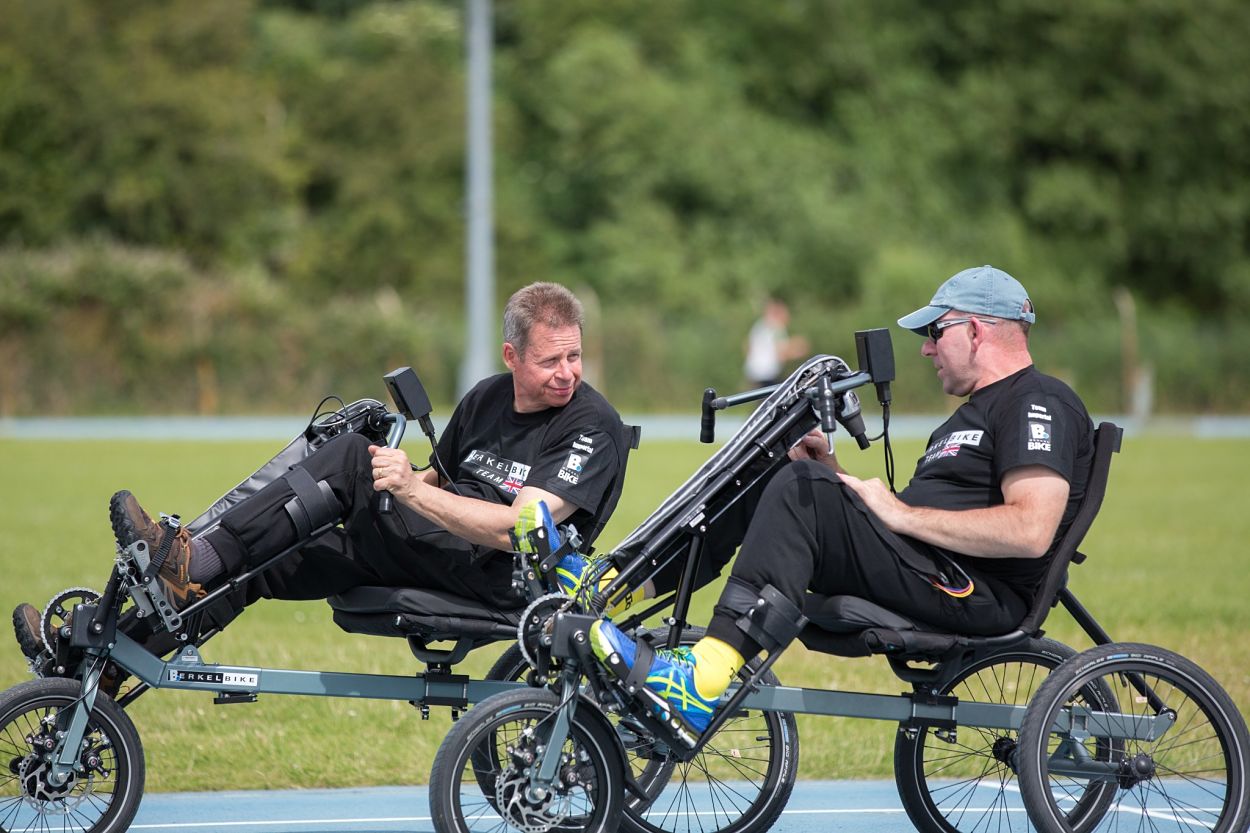Testing your own blood several times a day to determine your blood sugar level is something diabetics have to deal with on a daily basis. If it’s up to dr. Elizabeth von Hauff (41), though, this will change in the near future. She is developing a new measurement technique that goes beyond biochemical sensors.
How did the idea for this project originate? “It originated very close to me. I studied physics in Canada, before moving to Germany to focus on solar energy. I primarily worked in materials science, so I found myself using highly accurate measurement techniques every day. At the time, I was living with a friend who had type-1 diabetes. One day, the idea just came to me: “can’t I use all these highly sensitive measurement techniques to measure glucose?” That’s when the ball started rolling.”
Why would it be such a major development for diabetics? “I saw the impact of diabetes on my friend every day: the first thing she’d do every morning was test her blood sugar, which she had to do anywhere between 5 to 10 times a day, before and after every meal she had. She was living in constant uncertainty and always had to be aware of her sugar levels. Whenever her blood sugar levels were low, she’d panic. The next day, she would feel so awful that she wouldn’t be able to go to her job. She always used to say: “it’s something you can’t ever switch off.” And that’s why it’s such an enormous burden. I think that many people don’t realize how great an impact this disease can have, and how chronic and life-threatening it can be.”
“This is a noninvasive method: you don’t need a needle and you can always find sweat somewhere."
How does the technology work? “Unfortunately, I can’t say too much about it yet, since we’re in the process of applying for a patent. Our overall goal is to measure glucose in sweat. The technology already works in the lab, but now we have to make sure that it also works in other settings and that it won’t be affected by outside influences.
And when did you turn to sweat? “This is a noninvasive method: you don’t need a needle and you can always find sweat somewhere, so it’s a more comfortable method in every single way. However, the concentration of glucose in our sweat is lower than in our blood, so the measurement method has to be more accurate. Ultimately, we hope that it will be even more accurate than blood tests.”
What role does the Demonstrator Lab play? “It’s a safe place where I can work on the project with a number of students. There are many professors and businesses involved in the project as well, who advise us and help with matters such as applying for a patent. Thanks to all the funding we have received, none of us run a personal financial risk, allowing us to publish papers and focus on research free from pressure.”
How happy is your friend? “She’s very excited, of course. Now the project is gradually becoming more and more well known, I’ve started receiving more reactions. Only last week, a father told me that his daughter hates pricking her finger for the test and doesn’t do it as often as she should. I’m convinced that this technology, when it’s made available, will be a great help. Again, it’s not available yet, so I don’t want to give anyone false hope. At the same time, the enthusiasm I see in the people around me spurs me on every day.”








